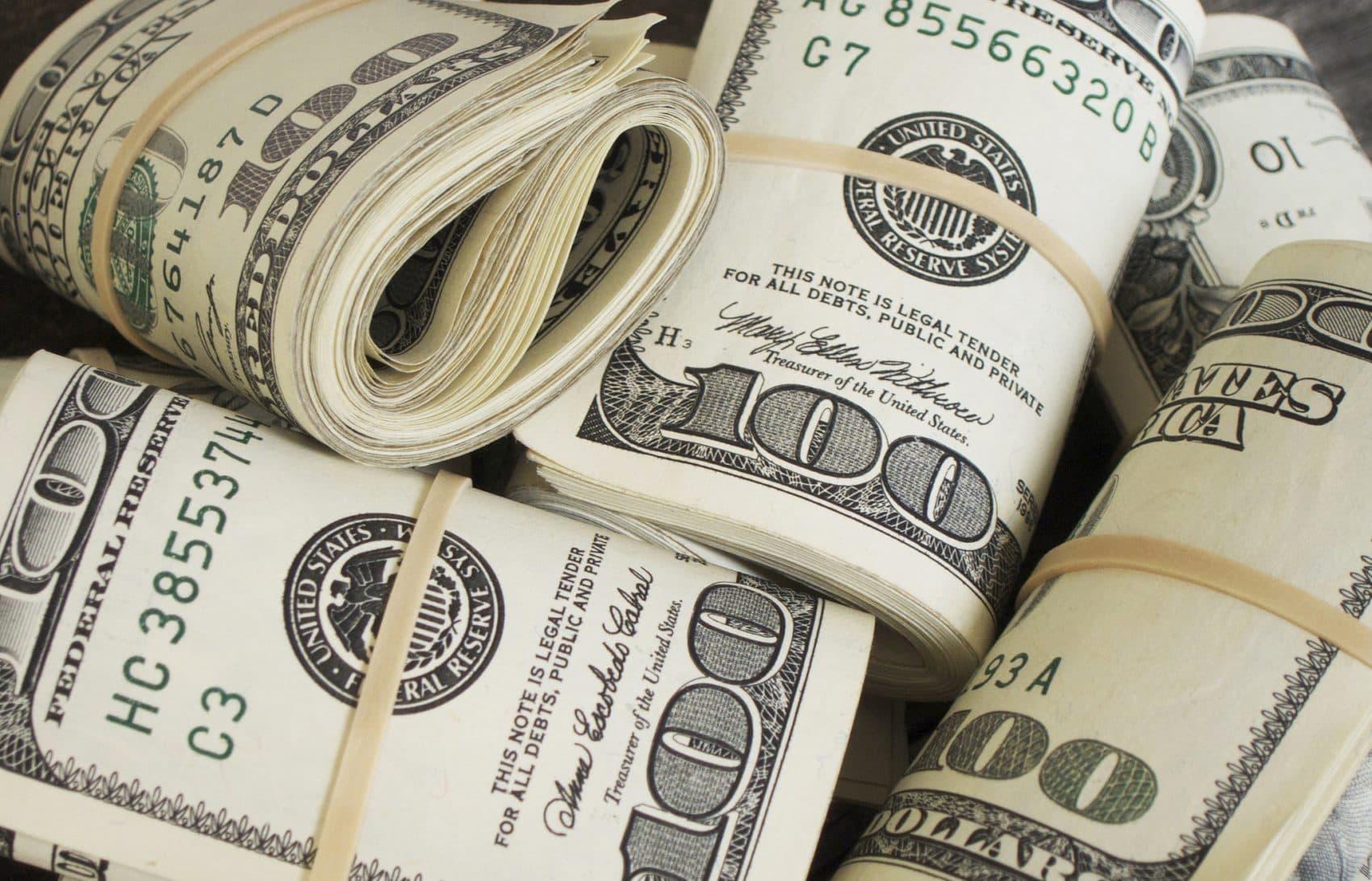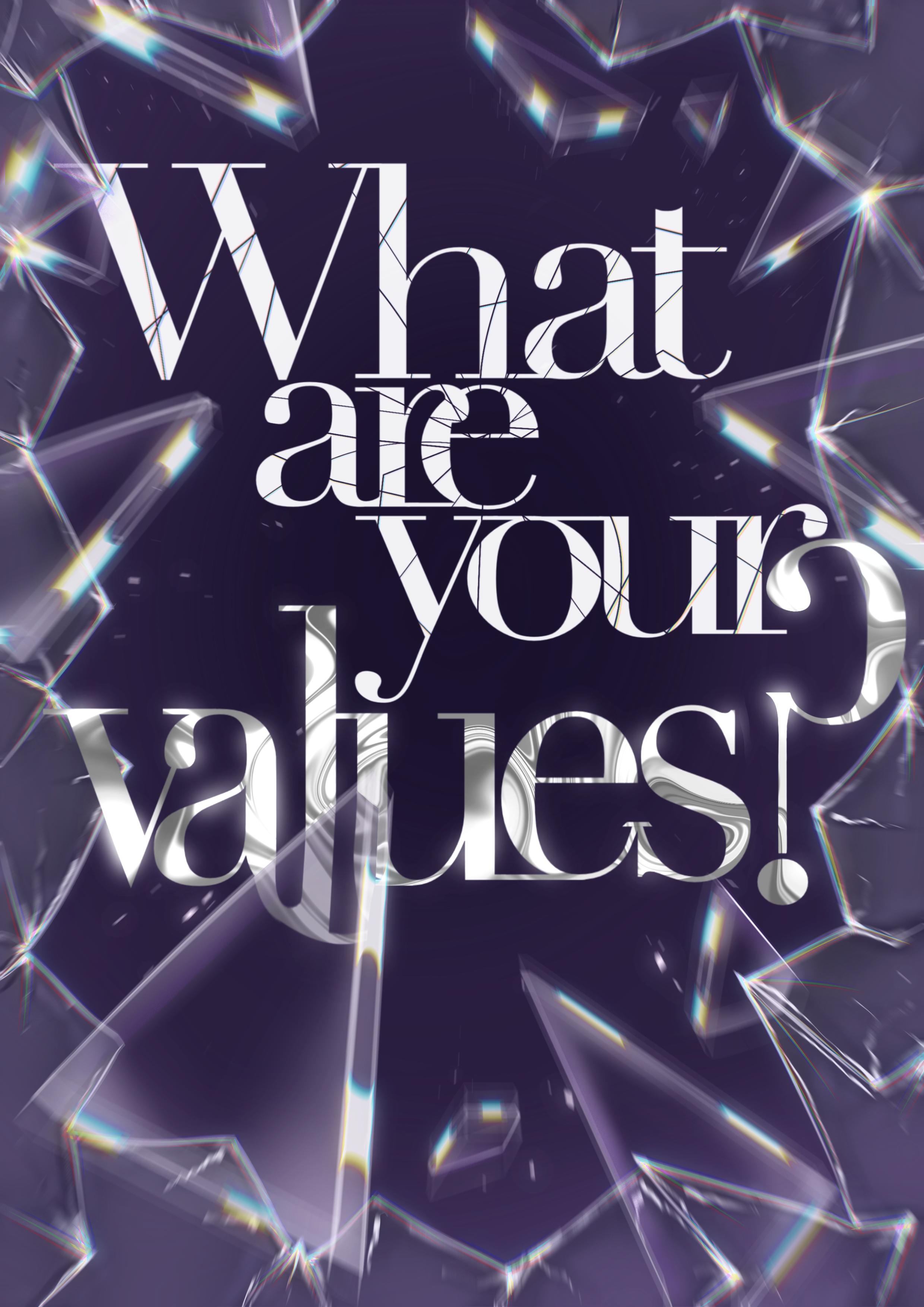

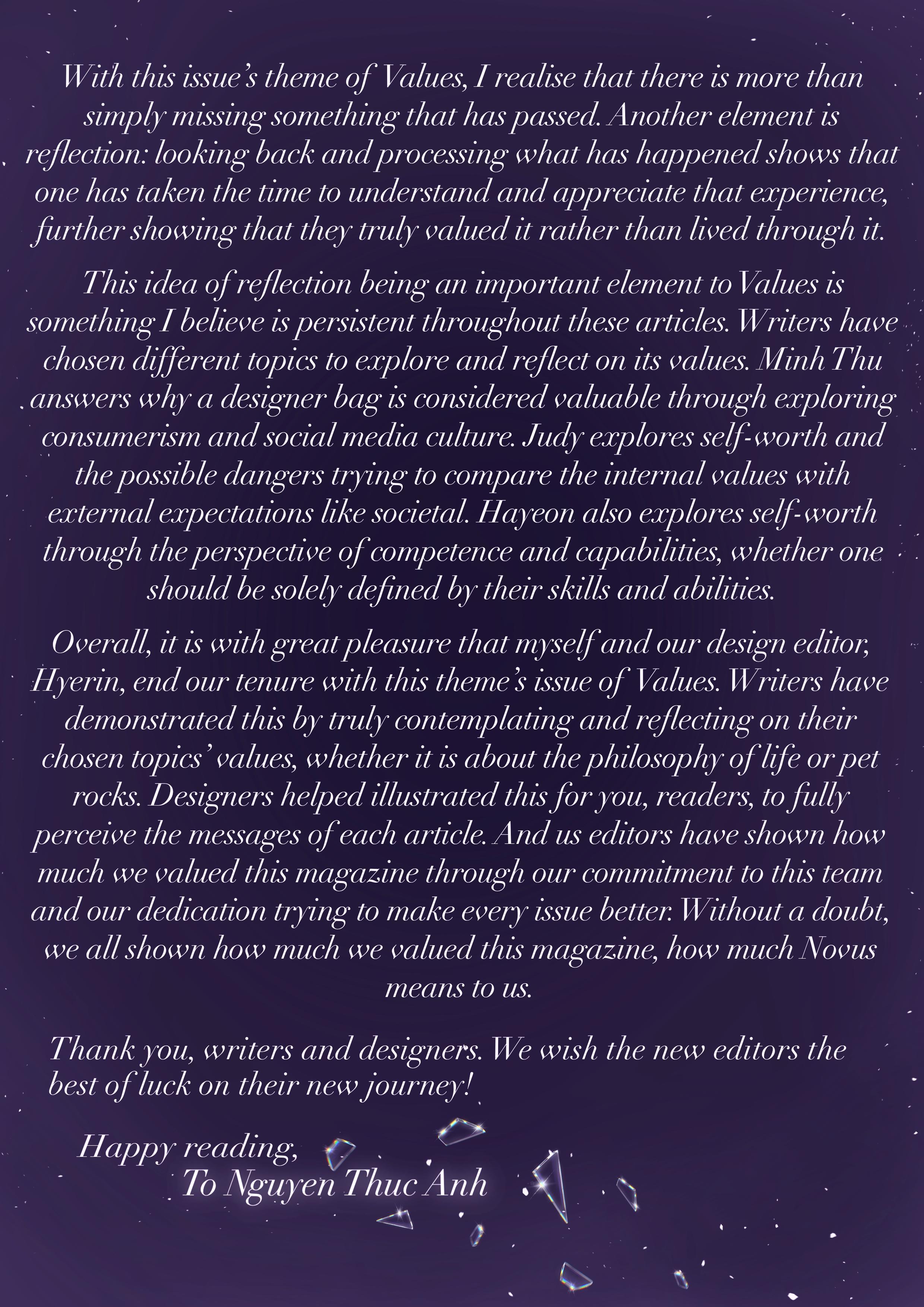






Imagine yourself at the beach, sinking your toes into the wet sand, when an ocean wave washes through and engulfs your entire body in a second. What are waves to you? Are they the tiny ripples that you took a glimpse of in your view of the ocean on an aircraft? Are they the squiggly lines that you mindlessly doodle, or someone ’ s horrible handwriting? Are they the very sound waves that you need to enjoy harmonious music?
Between 1985 and 1989, a German Physicist named Heinrich Hertz produced electromagnetic waves in his lab. Upon inspecting their characteristics, such as wave patterns and length, Heinrich discovered that the characteristics match those of light and heat waves Therefore, he concluded that light and heat are both forms of electromagnetic waves/radiation
What is electromagnetic radiation?
Electromagnetic radiation can be pictured as a stream of photon particles traveling at the universal speed of light.
Or are they the sinusoidal graphs that are the reason why you are bashing your head against a wall? Either way, waves are truly one of the most significant things that exist in our universe In physics, waves are one of many ways that energy can travel, and we have been utilizing them in countless inventions that benefited humanity. Not only that, but waves give us a sense of awareness of life Waves are physics phenomena that change our lives You may be wondering; how can squiggly lines help change your life?
Electromagnetic radiation is one of many ways that energy can travel through space Although there are various types of electromagnetic radiation, all of them have wave-like properties (A wave is any disturbance in a physical medium or field that creates oscillation or vibrations Electromagnetic radiation follows this idea, except that they have two oscillating perpendicular waves. One of them is the oscillating electric field, and the other is an oscillating magnetic field.)
The electromagnetic spectrum is a way of listing all different forms of electromagnetic radiation in ascending order based on frequency range and descending order based on wavelength range In this section of the article, we’ll be exploring different kinds of EMRs and their usage
Radio wave is the form of electromagnetic radiation with the lowest energy level and the longest wavelength
In1896,anItalianPhysicist,GuglielmoMarconi invented a successful wireless telegraph known as a radio The establishment of the radio gave birth to a tool used in our everyday lives,wirelesscommunication.
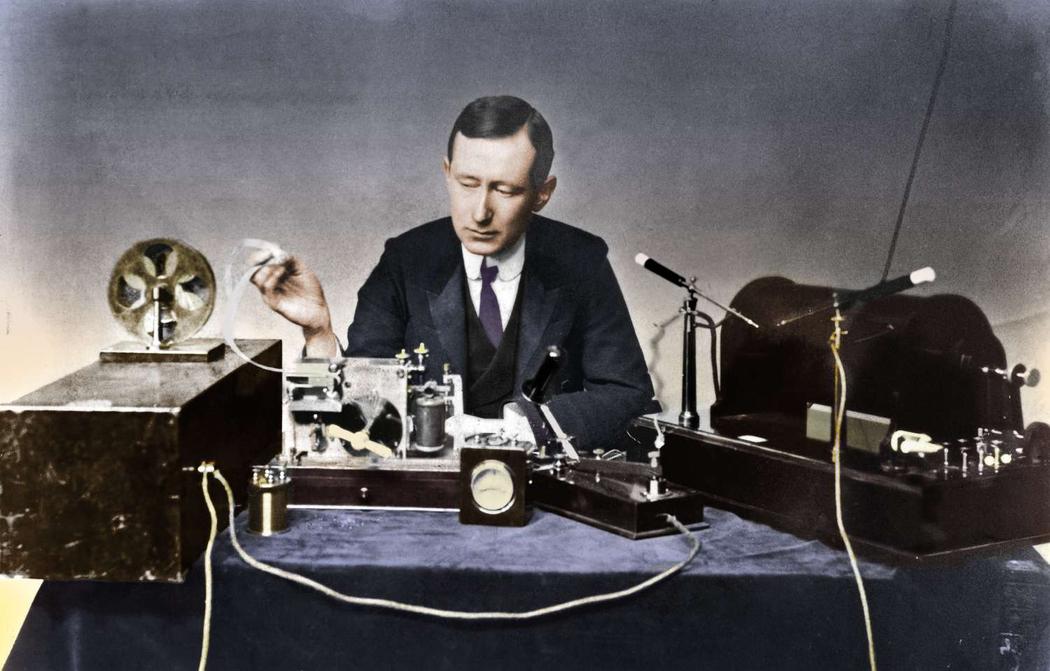
The Marconi wireless telegraphy technology is especiallyusefulinmaritimesafety.Duringthe 20thcentury,shipsfoundradiowavesagamechanger for communication You might have heard of the Marconi wireless room located in the RMS Titanic In 1912, during the unfortunate event of the ship’s sinking, the Titanicwaswirelesslycommunicatingtoother ships in Morse code Although support wasn’t able to reach the Titanic in time, the search party did manage to rescue the remaining passengers. If the Titanic had no wireless communication devices, the remaining survivors would have been stranded on lifeboats.
Furthermore, another evolutionary application of radio waves is wireless broadcasting The platforms or devices that you use to watch or listen to all require radio waves to broadcast informationwirelessly Wi-Fi,yourdevice’sway ofcommunicatingwiththeinternet,usesradio waves Bluetooth devices, for example, your wireless mouse or headphones, use radio waves.Everywirelesstoolthatyouuseutilizes radiowaves
In addition, radio waves serve as a potent instrument in astronomy. In 1932, a groundbreaking revelation was made by Karl Jansky at Bell Labs: stars and various celestial bodies are capable of emitting radio waves. Thispioneeringdiscoverypavedthewayforthe development of radio telescopes designed to intercept these celestial radio waves In response to Jansky’s discovery, Grote Reber constructedtheworld’sfirstdish-shapedradio telescope in 1937, marking the inception of radioastronomy.
It is a groundbreaking discovery that celestial objectscanemitradiowavesbecausetheycan be converted into audible sounds Unlike electromagnetic waves, mechanical waves cannot propagate through a vacuum, so it is almost impossible to detect any sound waves from space By analyzing audible patterns that celestial bodies produce, it progresses our knowledgeoftheuniverse.

Youknowmicrowavesarealifesaverwhenyouneedaquickmealpreptostarttheday,orwhenyou want to eat leftovers but hate to clean “micro” means small, and “wave” implies that microwaves areaformofelectromagneticwaves.
Microwave is a form of electromagnetic radiation with the second longest wavelength and second lowestfrequency.ThefrequencyofMicrowavesisbetween300MHz–300GHz,withwavelengths between1millimeter–1meter
In 1945, an American engineer named Percy Spencer discovered the heating effect of a highpowermicrowavebeambyaccident Itwaswhen hischocolatebarmeltedwhilehewasoperatinga magnetron tube, that directed microwave beams onto the chocolate. Spencer then connected the tube into a metal box, to create the first-ever modelofamicrowave

The first microwave oven with a turntable was introducedbySharpCorporationbetween1964–1966, to distribute the heat evenly The first countertopmicrowavewasintroducedbyAmana Corporation in 1967, a smaller design for home use However, it was not until 1970 that microwave ovens became cheap enough to spread their commercial and residential influence inkitchensaroundtheworld.
Chocolateradiation:
Someonegiftedyouaboxofchocolateintheearly afternoon.Youopentheboxofchocolate,doyou:
A.Devourtheboxofchocolate
B Sharethechocolatewithyourfriendsandfamily
C.Savethechocolateuntiltheweekends
Of course, as a person with a very predictable mind, the obvious and predictable answer to that odd question is to do none of those mentioned above Instead, you use the chocolate the measure the speed of light.
Yes, you can measure the speed of light using chocolate or any meltable food products that are symmetrical enough for you to measure their dimensions. A characteristic found in all forms of electromagnetic radiation is that they always travel at the speed of light, which is roughly 299,792,458 m/s The formula for calculating the speed of a wave is v=fλ
Where v is the speed of the wave, f is the frequency, and the Greek letter lambda is the wavelength Given that v is constant because all electromagnetic radiation travels at the speed of light, therefore the wave ’ s frequency is inversely proportional to the wavelength
299,792,458 m/s=fλ
The frequency that your microwave oven producesistypicallyshownonthelabelatthe back or the side of the oven ’ s door. Most microwave ovens produce microwave frequencies of 2450 MHz, so do not worry if you cannot find the frequency To find the wavelength,youneedtophysicallymeasureit by microwaving food products that are as symmetrical as possible, it is recommended tomeltaflatbarofchocolate.

Here is a step-by-step guide to measuring thespeedoflight:
1 Check your microwave oven ’ s frequency, mosthomemicrowaveovensshouldproduce around2450MHzoffrequency.
2 Remove any turntable (the spinning disks) so that the radiation will not be spread evenly, but focused to a point where you can measure the wavelength Adjust the setting to low-medium or medium heat and set the timer to between 15 – 25 seconds. You can goaheadandmeltthebarofchocolate
3. After melting the chocolate, use a ruler to measure the distance between two melted spots, your frequency unit should be in Hz and your distance unit should be in cm. Since the melted spots are the minimum and maximum points of the wave, the distance between them is only half the wavelength. Therefore,
fλ=f x 2d
4. Calculate(YourMicrowaveFrequency)x(The distance between melted spots) x 2, and it should be close to the speed of light (somewhere between 25000000000 and 30000000000cm/sisgoodenough)
You might’ve wasted a piece of chocolate, but atleastyoudiscoveredthespeedoflight
Infrared radiation is a form of electromagnetic radiation closest to visible light, that transfers heat energy or thermal energy. Most of the radiationemittedbyaheatedobjectisinfrared (thermalradiation):Thiscanbeyourbody,ahot teacup, a bag of fresh popcorn, or anything thatisheated
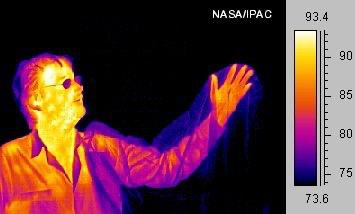
It is also the reason why you feel warm on a coldmorning/night Youcouldimagineyourself waking up early in the winter morning when your bedroom has temperatures below zero degrees, except for you and your blanket It is notyourblanketthatiseffectivelykeepingyou warm,itisyourbodyemittinginfraredradiation thatkeepsyouwarm
Infraredradiationhaswavelengthslongerthan visiblelight,rangingfrom700nanometersto1 millimeter It has multiple applications in the realworld,oneofthembeing:
Thermography:
Infrared cameras can detect the infrared radiation emitted by objects and convert it into an image, which represents the temperature profile of the object. This can be useful for viewing internal electrical components to check theirtemperature,bloodvesseltemperaturefor medical purposes, and night vision goggles to see without visible light This is also known as thermal imaging Thermography can also be used in the realm of Astronomy as a way of monitoring celestial bodies that aren’t hot enoughtoemitvisiblelight

More applications of Infrared radiation that are worth mentioning are infrared LEDs from remote controls and electrical stoves. Some remote controls use infrared radiation to send signals to the television, allowing you to control the television at a distance. Electrical stoves emit infrared radiation to cook your food, makingitmuchsaferthangasstoves
Visible light is the most important form of electromagnetic radiation It stands at the middle of the spectrum, with a frequency range between 400 Terahertz (THz) to 800 (THz) or wavelengths between 400 nanometers (nm) to 700 nanometers (nm)
The visible light spectrum is a small segment of the electromagnetic spectrum visible to the naked eye

It consists of colors we see every day: Red Orange Yellow Green Blue Indigo, t spectrum represent different frequency levels, with red having the lowest frequency level between 400 - 484 THz and violet having the highest frequency level between 688 – 789 THz. It is visible to the human eye, and we utilize it to perceive the world. If you really think about it, reality is subjective. What is considered as reality can be determined by how everyone's brain interpret the visible light to create an image.
We are now approaching a more dangerous form of electromagnetic radiation, UV radiation UV radiation is a form of electromagnetic radiation with the third shortest wavelength between 10 nanometers to 400 nanometers and the third longest frequency between 800 Terahertz (THz) to 30 Petahertz (PHz).

UV radiation is one of the five electromagnetic radiation types that our sun emit: X-ray, radio, infrared radiation, visible light radiation, and UV radiation If you are in regions where the ozone layer is depleted or weakened, then UV radiation poses serious risks of skin cancer for you Aside from the negative health effects that UV radiation causes, it is responsible for triggering a process in your body that produces vitamin D.
In 1901, Willhelm Conrad Rontgen received the first Nobel prize in the field of physics, for his discovery of X-rays.
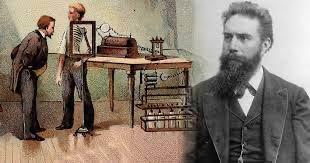
X-ray, a form of ionizing electromagnetic radiation, is unique due to their incredibly short wavelengths, ranging from 10 picometers to 10 nanometers This corresponds to extraordinarily high frequencies, between 30 petahertz and 30 exahertz However, what sets X-ray apart is their ability to ionize atoms, meaning they can dislodge tightly bound electrons This also means excessive exposure to X-ray can cause cellular and DNA damage, potentially leading to cancer
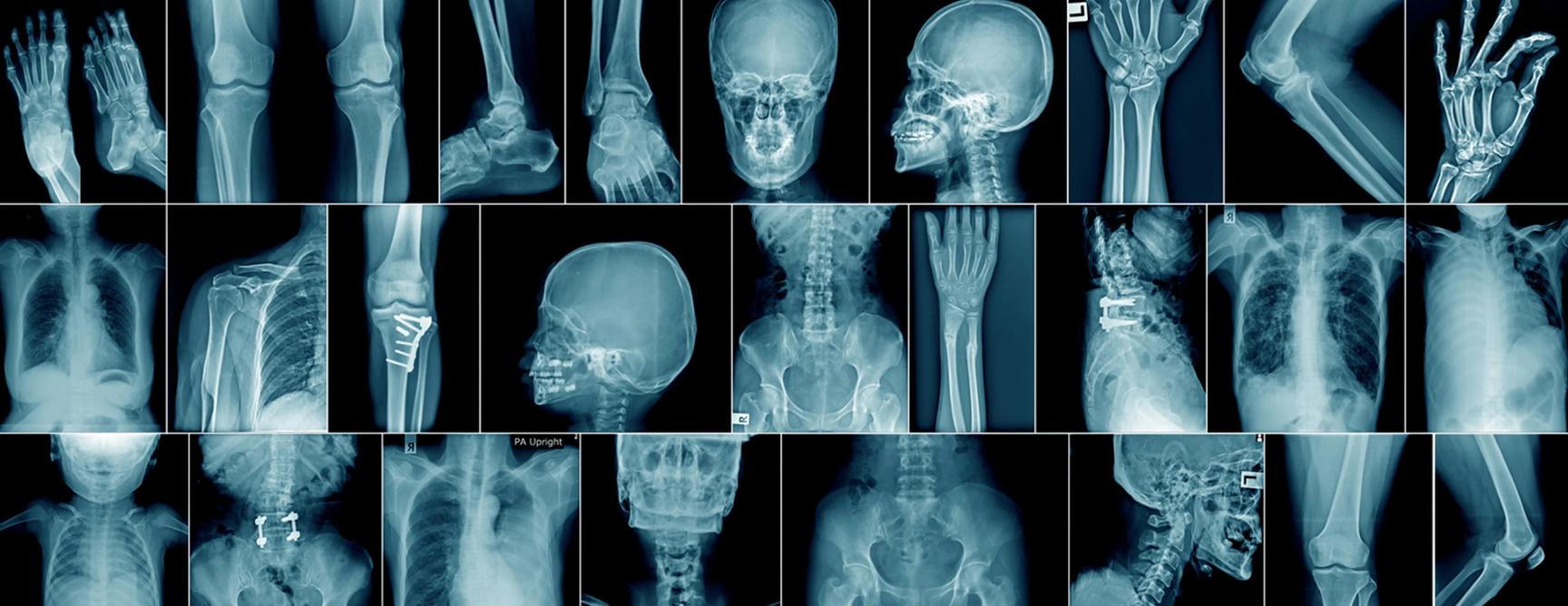
Ionizing atoms in a subatomic scale:
On a subatomic scale, an atom consists of electron rings encircling a nucleus made up of protons and neutrons If an electron receives an amount of energy exceeding its highest bound energy level, it will be propelled out of the atom, resulting in the atom’s ionization
In this case, X-ray has enough energy to propel the electrons out of the atom.

Dangers aside, X-ray is useful in modern-day technologies. A key aspect of X-ray is their ability to penetrate through most solids, objects, and bodies If you have X-ray traveling through an object, some of the radiation can pass through or get absorbed by the material of the object
By having the unabsorbed X-ray travel to a detector on the other side, an image can be formed through cast shadows of the object.





The word VALUE itself is very vague In the Cambridge Dictionary, there are about 15-16 different definitions depending on the context All definitions seem to include the idea of making choices and evaluating the relative merits or desirability of different objects, ideas, actions, or outcomes Despite various definitions and interpretations of VALUE and the types of VALUE, for us humans, perhaps personal VALUE is the most influential on our lifestyles

VALUE is one key element that is heavily expressed and highlighted in the BIS community. To explore the importance of value being highlighted in BIS, interviews have been carried out with three BIS students about value







Q1. How would you define value?
Q2. Where do you find “Value” in BIS?
Q3 What values do you have in your personal life?
What are some important values in your daily life?







Q1. How would you define value ?
Ithinkvalueholdsvariousmeanings.IfItalkabo object:Howusefulitis.IfItalkaboutrelationsh the“worthiness”ofprotectingandconnecting
Whensomethingisconsideredvaluable,itsupportsmeorinfluences mejustbybeingpresentTosimplify,valuecanbedefinedbythe wordsignificantanditssynonyms.
Q2. Where do you find “Value” in BIS?
BISguidesustofinddifferentvalues(forexample,respect, cooperation,resilience,appreciation,courage)sothatwecanfind
ourplaceinthecommunity.Throughactivities,learning,and experiences,BIScreatesanenvironmentwhereIobtainexperiences thatcanbebeneficialformylifeandfutureBISalsosupportsmy elationshipwithfriendsandincreasesmysenseofbelonging.This
makesmefeelthatIambeingcaredforandvaluedinthis community.
Q3. What values do you have in your personal life? What are some important values in your daily life?


hereareseveralvaluesthatcontributetomylife.Mypriorityisthe peoplearoundme.Thosepeopleincludefriendsandfamily.They efreshandsupportmeSomesmallthingslikemyfavoriteclothes, food,movies,andpicturesalsomakemejoyful.
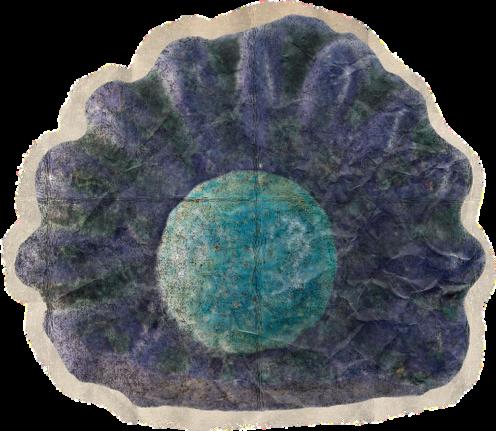











ld you define value?
Iwoulddefinevalueaswhatpeoplefindimportantto themselves,andthereforeit’sdifferentforeveryone.I thinkitplaysabigroleinshapingindividuals’ beliefsand motives.

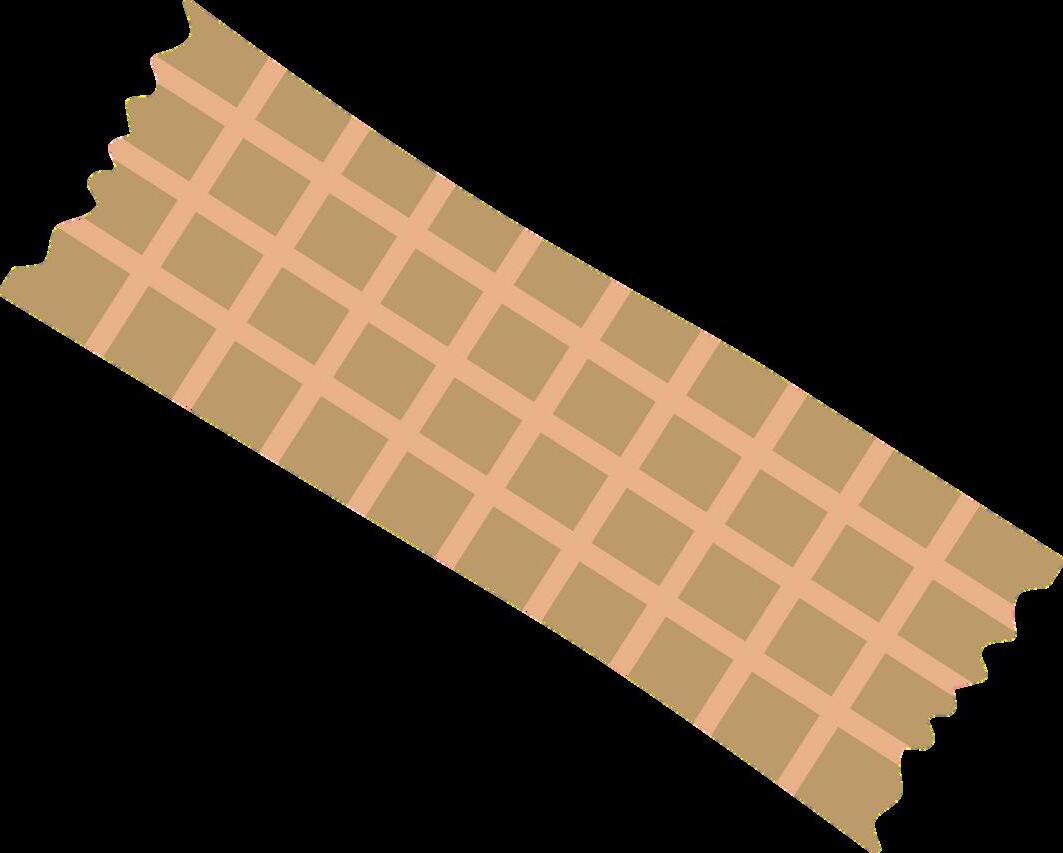
Q2. Where do you find “Value” in BIS?
Althoughthereareprobablymultipledifferentvalueswe canfindwithinBIS,theonesweseeandhearmost frequentlyarethoseintheaide-mémoire,forexample: integrity,andresilience.
Q3. What values do you have in your personal life?
What are some important values in your daily life?
Whenitcomestomypersonalvalues,Ithinkresponsibility andrespectaretwoofthemostimportantones-both insideandoutsideofschool-aswithouttheseitwouldbe hardtoworkwithorgettoknowothersindepth.





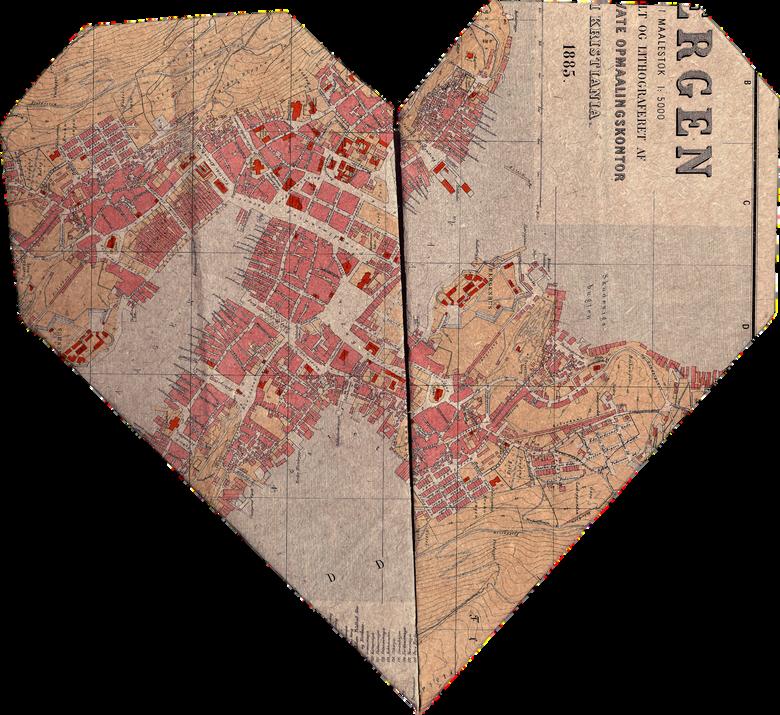
















Q1. How would you define v
Iwoulddefinevalueassomething’sworthine




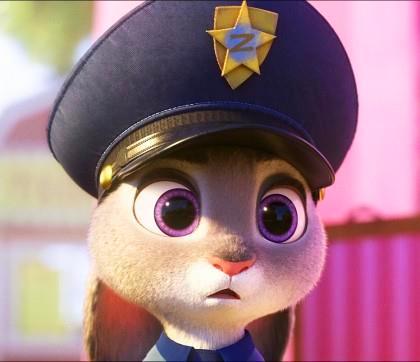


Q2. Where do you find “value” in bis?
WithinthecommunityBIS,Ifind “value” fromlearningand communicating.Learningallowsmetowidenmyperspective, deepenandbroadenmythoughts.Itbasicallyexpandsmylife andultimatelyincreasesmyworth.Communicatingwitha varietyofpeopleinvariouskindsofactivitiesmakesme engagedandunlocknewvaluesandemotionsinmylife.




Q3. What values do you have in your personal life?
What are some important values in your daily life? LoveisoneofthevaluesIseekinmylife.Notjusttheromantic lovestory,butcaringandlovingmyself,respectingothersand feelinggratitudeineverymomenttoo.Pursuingthisvalue ve ” allowsmetoextendmyabilitiesineveryaspectofmy ilylife,andallowsmetobeoptimisticandlookforwardto everyeventhappening.







Hyemin Choi, Suah Yoon, Judy Kang has kindly accepted an interview expressing their opinions about value within BIS. If I was asked the same questions, I would define value similarly to how Luna has defined it. I would find Values in BIS like Judy finds them. I would have similar values in my personal life like Suah does. These days, with all the news that is devastating to watch, I hope this reading helped you in a way where you reconsider the value of things and remind you what a beautiful place this earth is to live in.













Imagine if you had some money left to spare, and you were lonely, would you buy the first rock or the second?
Assuming you chose the first rock like most people did, have you ever wondered why something you idly tossed around had suddenly become something you wanted to buy?
This ‘Pet Rock’ is a product by Gary Dahl, who sold these rocks for almost 4$, costing him almost nothing to produce and quickly made him into a millionaire in less than a year. The truth behind his immediate success was how he promoted the product, from the packaging to his marketing.
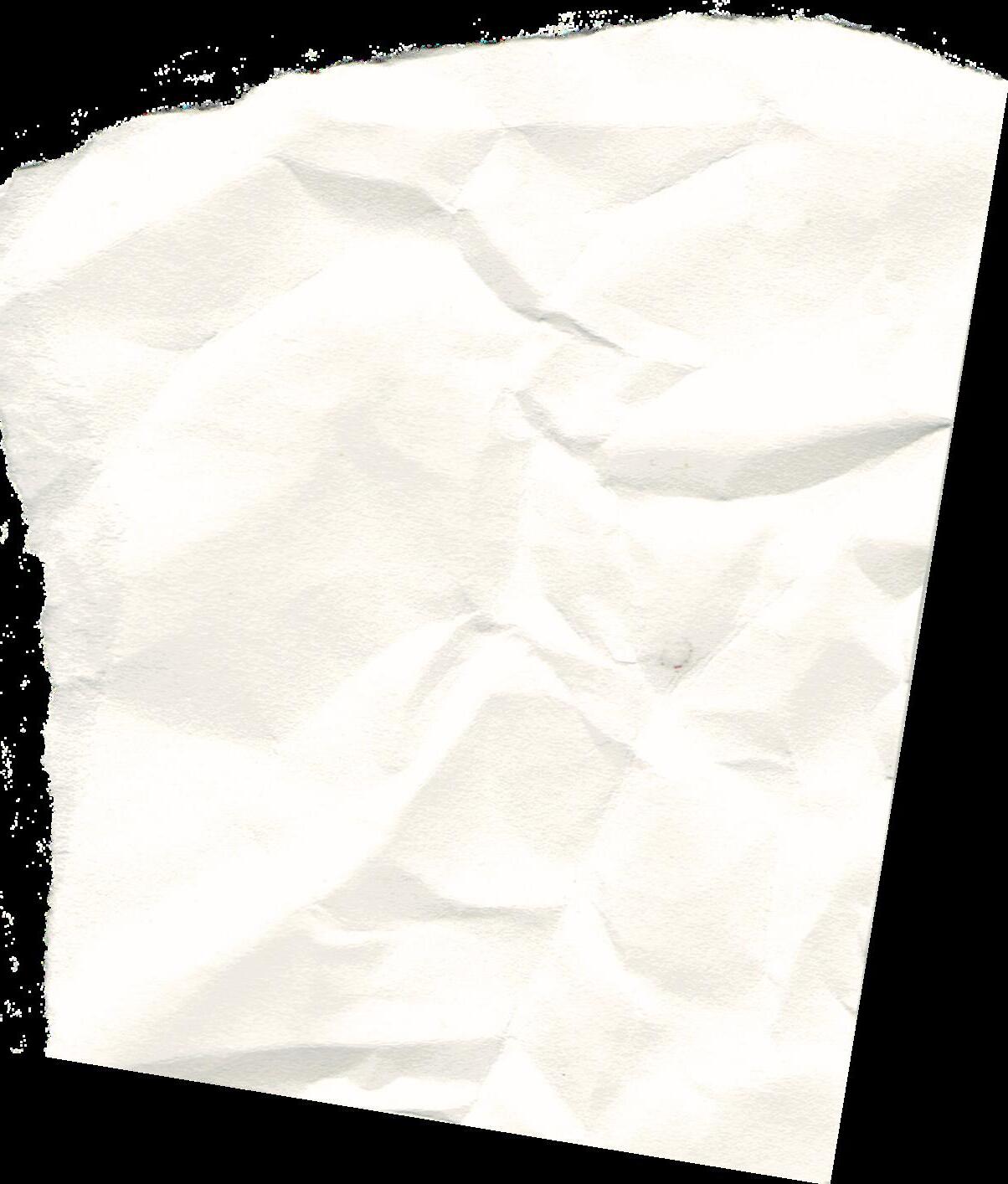




The packaging on this rock sells the point of it being a pet, taking the shape of a hygienic and functional pet carrier that further sells the product as a great joke.
The marketing is done by setting a unique selling point of humour, to attract people who buy into these kinds of jokes. Furthermore, one of the most sought-after things after you have finance is convenience. As we are mostly lazy people, Gary Dahl focus on emphasizing the lack of caretaking needed for the rock and its cheap cost to convince customers into buying the ‘Pet Rock’.




Another smart thing the owner had done is that he had trademarked “Pet Rock”, which gained the product legal copyright protection from competitors. This gives the company a competitive advantage.






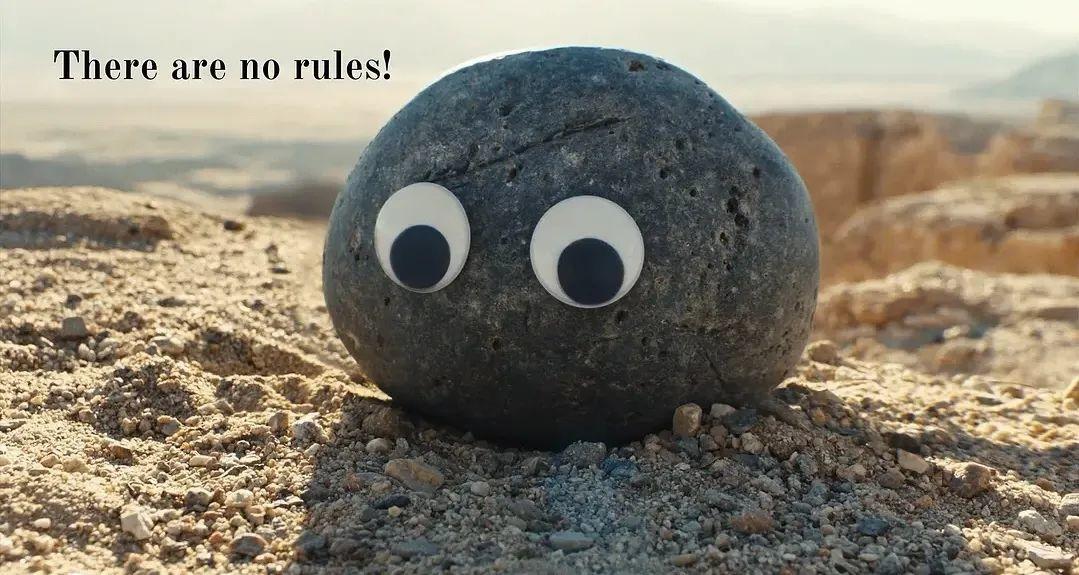


the value behind pet rocks? It is a genius move and a perfect example to prove the importance of marketing. More importantly, it shows us how humour and wild imaginations can be transformed into endless possibilities.



In the realm of art, the relationship between an artist's life and the value of their work has long been a subject of fascination It is a curious phenomenon that the passing of an artist can often lead to a profound shift in the perception and worth attributed to their creations. From Vincent van Gogh to Frida Kahlo, countless artists throughout history have experienced a posthumous rise in the value and appreciation of their artistic endeavors. This article delves into the intriguing theme of 'value' and explores the intricate dynamics that arise when an artist's mortality intersects with the evaluation of their oeuvre. In this article, I will delve into specific examples, explore the factors at play, and unravel the intricate web of relationships that intertwine an artist's death with the value of their work.
The concept of value in art encompasses a multitude of dimensions, extending beyond mere monetary worth. While supply and demand certainly play a role, the value of an artist's work is also shaped by aesthetic quality, historical significance, critical reception, and the artist's enduring legacy. However, it is the impact of an artist's death that often catalyzes a reevaluation of their body of work, resulting in a profound reconfiguration of its perceived value.
As we embark on this exploration of the nexus between death, art, and value, I invite you to join us in unraveling the enigmatic forces that shape our perception of an artist's work long after they have departed this world

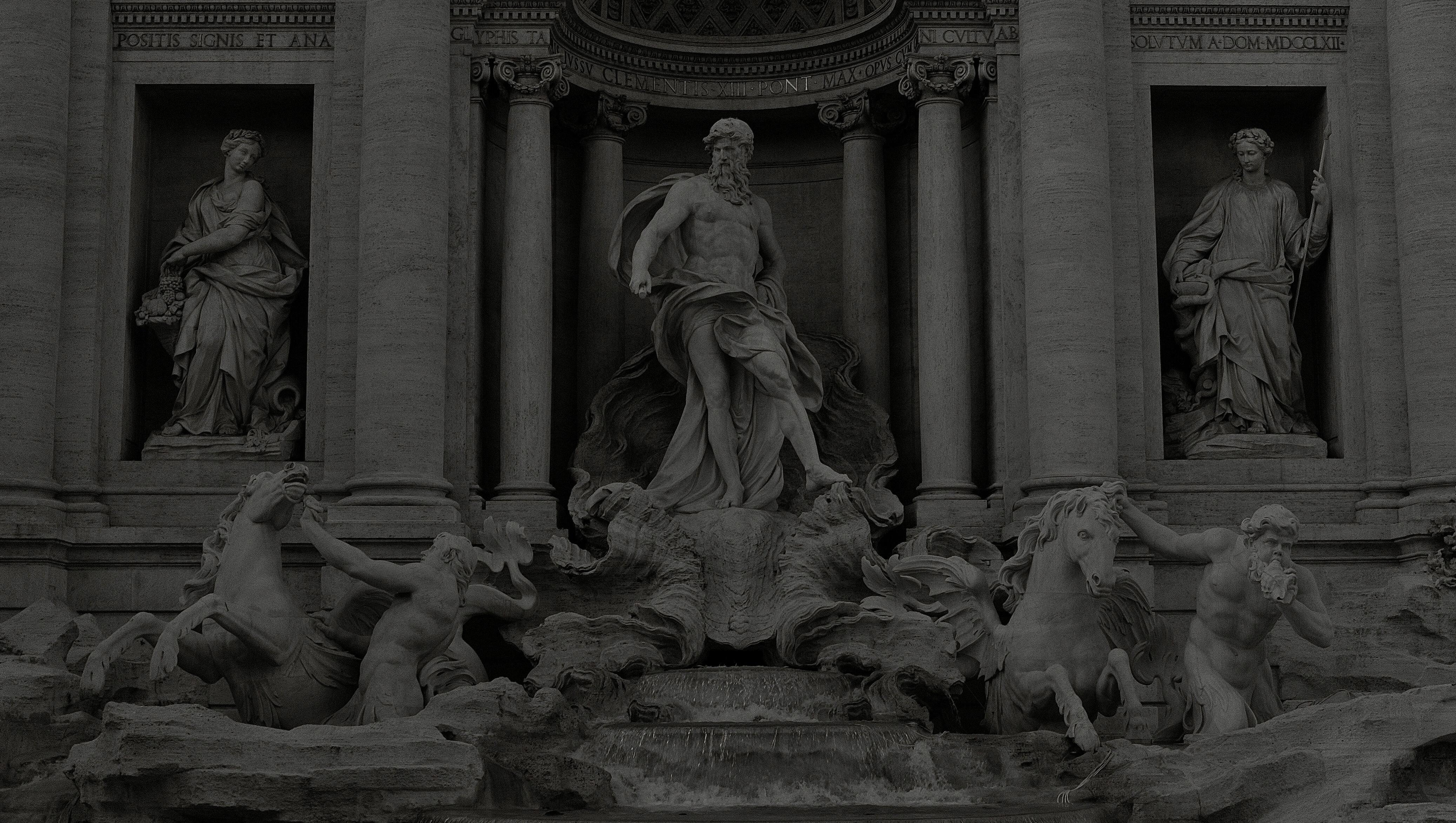

The scarcity of an artist's work can have a significant impact on its value in the art market The principle of supply and demand plays a key role in determining prices, and when the supply of an artist's work is limited, it can drive up its value.
There are several factors that contribute to the scarcity of an artist's work. One factor is the artist's lifespan. If an artist had a relatively short career or died at a young age, there will naturally be fewer artworks available compared to an artist who had a long and prolific career The limited supply of artworks can create a sense of rarity and exclusivity, making them more desirable to collectors. Also, an artist's work's availability may be influenced by other factors such as institutional ownership, private collections, and public exhibitions If a significant portion of an artist's work is held in museum collections or owned by private collectors who are unwilling to sell, it reduces the number of pieces available on the market. This limited accessibility can drive up demand and increase prices. The reputation and critical acclaim of an artist also play a role. If an artist is highly regarded, their works tend to be in higher demand regardless of scarcity However, when scarcity is added to the equation, it can further intensify the competition among collectors and investors, leading to higher prices.
Examples of relationship between artist’s death and their value of work:
One example of an artist whose value of work significantly increased after their death is Vincent van Gogh. During his lifetime, Van Gogh struggled with mental health issues and financial difficulties, and he only managed to sell a few paintings. Tragically, he died by suicide in 1890 at the age of 37 However, after his death, his sister-in-law dedicated herself to promoting his work, which eventually gained recognition and appreciation.
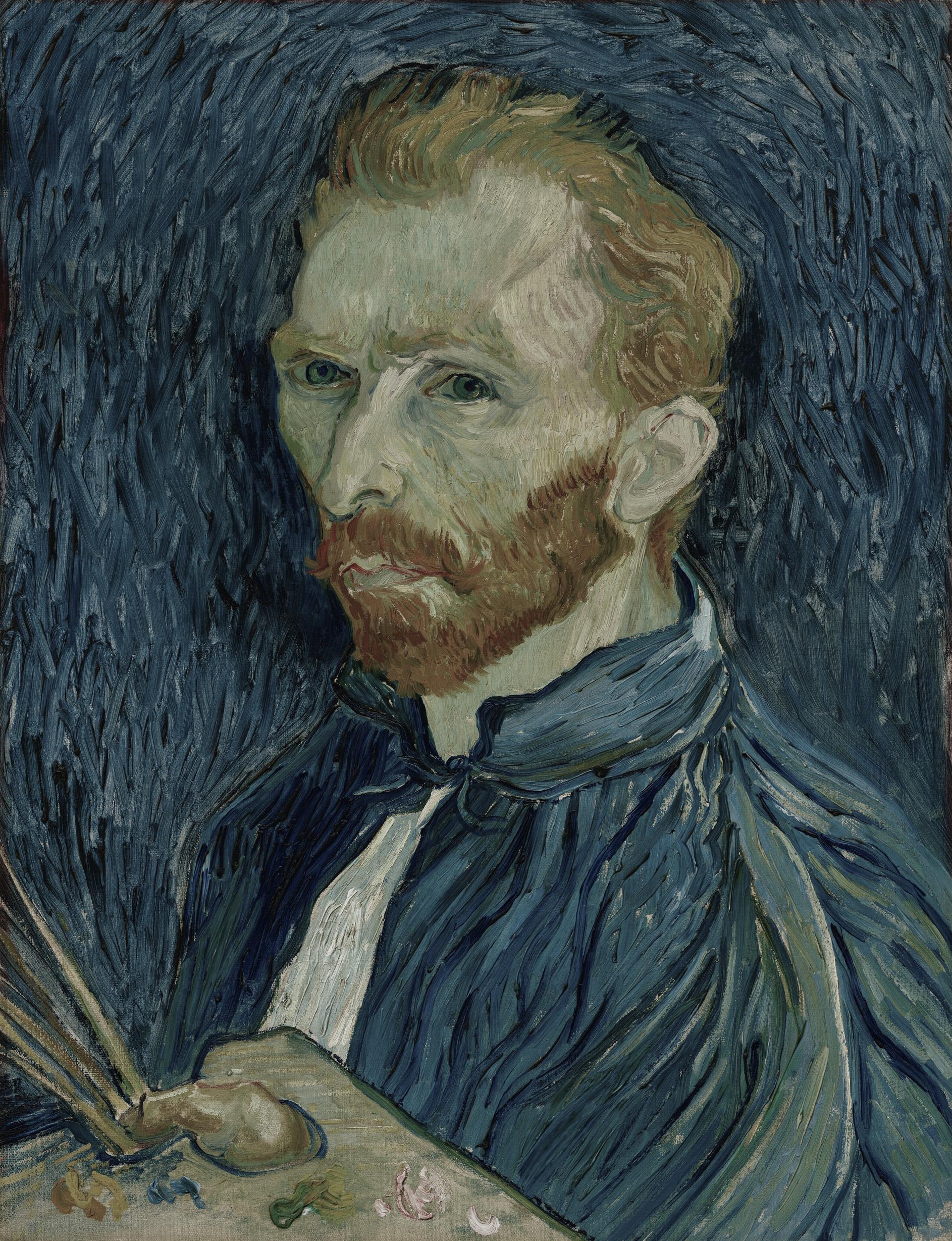

The connection between Van Gogh's death and the increased value of his work lies in the romanticized narrative of the tormented artist who was underappreciated during his lifetime. His tragic end and the mythology surrounding his life have added an emotional and historical context that has fueled interest in his art.
It is worth to know that while Van Gogh is a prominent example, he is not the only artist whose work gained value after their death. Other artists, such as Jean-Michel Basquiat and Frida Kahlo, have also experienced a similar phenomenon The concept of an artist's death influencing the value of their work is often associated with the idea of scarcity once an artist is no longer producing new pieces, the existing artworks become limited, making them more valuable to collectors and art enthusiasts.
When an artist passes away, the emotional context surrounding their death can have a profound effect on the value of their work. It evokes a variety of sentiments and resonates deeply with audiences. Let's explore a few ways in which the emotional context surrounding an artist's death influences the value of their work.

Firstly, there's the Romanticized Narrative. The circumstances surrounding an artist's death often give rise to a romanticized narrative that captures the imagination of art enthusiasts. The idea of a tormented or misunderstood genius battling personal demons or societal constraints creates a captivating story that adds depth and intrigue to their work. This narrative foster empathy and emotional connection with the artist, amplifying the perceived value of their creations
Another aspect is Personal Expression and Catharsis. Artists frequently channel their emotions, experiences, and inner struggles into their work Knowing about an artist's death adds poignancy and authenticity to their creations, enhancing the emotional resonance they evoke. Recognizing that an artist poured their heart and soul into their art, particularly in the face of personal challenges, elicits admiration and empathy among viewers, elevating the perceived value of their work.

Lastly, there's the idea of Art as an Expression of the Human Experience. Art possesses the power to capture and communicate the complexities of the human condition, including themes of loss, identity, love, and mortality When an artist's life is tragically cut short, their work becomes a testament to their unique perspective and a reflection of the universal struggles and emotions we all encounter. This connection to human experience adds emotional depth and value to their creations.
The emotional context surrounding an artist's death becomes intertwined with the narrative, symbolism, and personal resonance of their work, fostering a deep connection between the viewer and the artwork. By encapsulating the artist's emotions and struggles, the emotional context contributes to the perceived value of their work, endowing it with greater meaning and lasting significance in the eyes of collectors, art enthusiasts, and the wider audience.
F y p

their unique perspective and universal struggles, deepening its emotional resonance and increasing its value The emotional context of an artist's death intertwines with the narrative and personal connection to their creations, making their work more meaningful and enduring in the eyes of collectors, art enthusiasts, and the wider audience.
In examining the impact of an artist's death on the value of their work, we gain insight into the intricate dynamics of the art world It reminds us that the worth of art extends beyond monetary considerations. The legacy and inspiration left behind by artists serve as a testament to the enduring power of creativity and our profound connection to art. As we continue to appreciate and celebrate their contributions, we ensure that artists and their work remain cherished and revered, perpetuating their lasting impact on the artistic landscape.


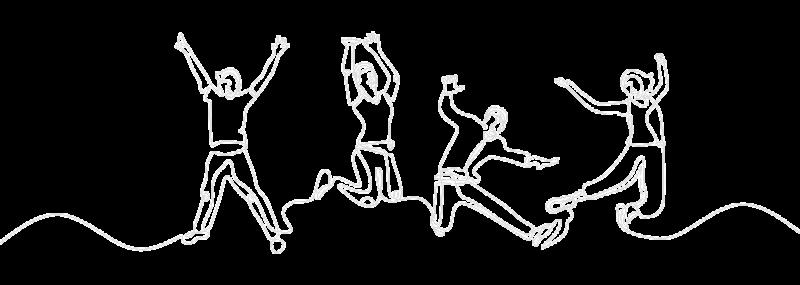
I AM THE MEASURE OF MY WORTH, AND I SAY I AM WORTHY. LIFE GROWS LOVELY WHERE YOU ARE.
People try to determine their value through comparison. It starts from trying to fit into societal standards - wealth, beauty, anything thatcouldbecomparedwith.
If you do not fit in, you are bound to feel like a failure. But, I believe, the ultimate way to feel the value of your life starts from focusing on yourself.
Afterall:
“Comparison
is the thief of joy” – Theodore Roosevelt
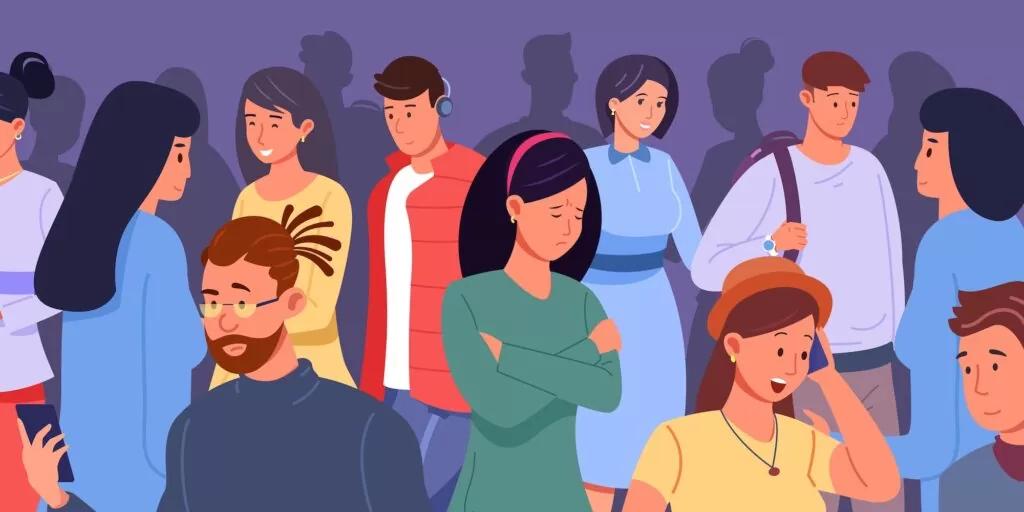
Self-worth starts from knowing yourself, so it requires building trust for yourself Unhealthy external opinions and comparisons should be neglected at this point. Once you gain confidence and stability, you are one step closer to findingyourself-worth.
Long ago, life was much easier as everything - the purpose of life, jobs and ideas were all determined by Gods. But as the Renaissance arrived, people started to pay attention to their personal desires. The birth of humanism. Now, they have to create their own life by thinking for themselves. However, humans became lost and felt life was futile. For example before, when there was a problem, the Greeks could blame their Gods and pray so they could solve them. But now, we have to think of “what is the meaning of my life?” and “What should I do?” by ourselves. As such, ‘nihilism’ arises
Nihilism is an extreme scepticism, leading to rejection of all religious and moral principles, in the belief that life is meaningless. There are many people who struggle to find their purpose in life hence life becomes meaningless, even painful Those searching for meaning for example the ascetics, they believe avoiding indulgences is the path to ultimate happiness. However, Nietzche went against asceticism. He viewed asceticism as surrenderingtolife.Insteadofbeingaslavetohislife,hefoundaway tobethemaster.

Due to unhappiness, people need something that could substitute their Gods. In our current society, it is other people’s perspectives. Now, people started to be valued based on their numbers of followers, bank account balance, status and power. However, subjective opinions were constantly and drastically changing, so it was unstable. Thismadehumansevenmoreunhappy.
It is the human’s instinct to belong in a community. Ascetics also asserted that by neglecting personal desires and appeasing one another, belongingness and security would be achieved. However, Nietzche again reinstated that would be a temporary relief All the painful inner thoughts are still there. Therefore, the only way to solve that pain is to confront it head-on, so that we can bethemasterofourlives.
We used to live by comparing ourselves with the infinite information from social mediaandnews.
He told us to stop being the slave of our lives by learning how to stand alone. Then, he suggested having at least 15 minutes of solitude a day to be present withourselves

Nietzsche never denied the concept of nihilism. He accepted it. Life is fundamentally repetitive and meaningless. Once we accept this concept, we can think ‘if life has no purpose and meaning, then we can rather give meaning to our lives and be the main characters of our own lives every moment.’
To feel every single moment, and to focus on ourselves, we might think we should just be busy and as productive as what we see on social medias. However, performing actions you do not know the reason for falls into the slave morality mindset. I believe, to gain genuine control in your life, changing your attitude is the first step: Change the essential intrinsic thoughts, and the life you desire would follow.
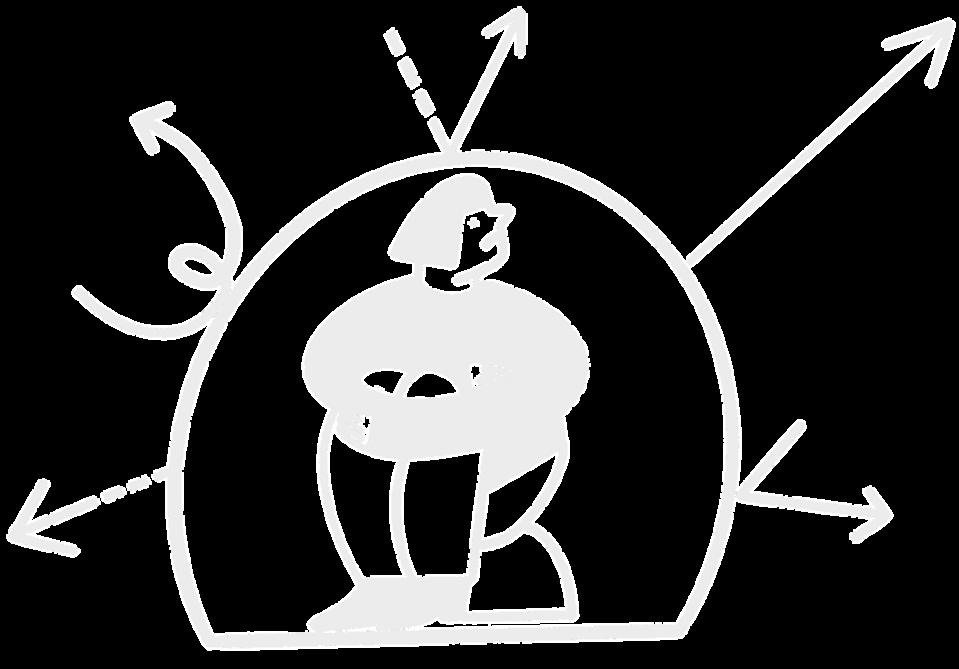
The first step is to take risks in your life and do not rely on unhealthy habits. For instance, scrolling on social media is easier than reading books, but it may progressively harm your brain. Not working out is easier than taking the risk to break your habits, but your health may deteriorate. “Purchasing all those expensive products could make you feel rich and popular, but you will end up financially insecure.” So actually, staying in your current position is the most dangerous thing to do.
The second step is to cherish your beliefs. Your life should be shaped by yourself, not by others. Instead of craving for external validation and suffering from not being recognised, you should validate yourself. To invest time in yourself and challenge yourself, those are stepping stones to a meaningful life.
IN LONELINESS, THE LONELY ONE EATS HIMSELF; IN A CROWD, THE MANY EAT HIM. NOW CHOOSE.
- Friedrich Nietzsche
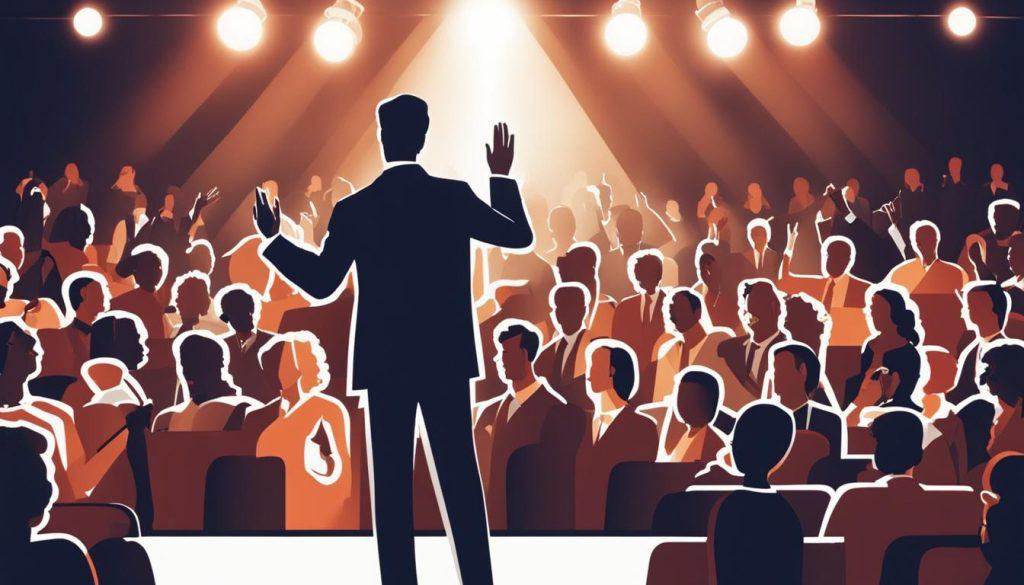
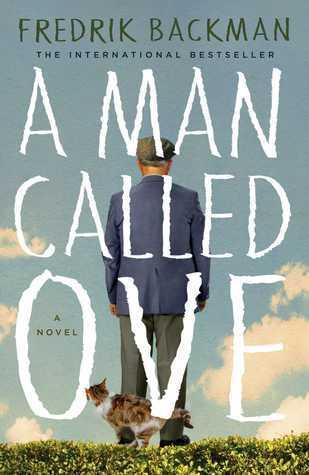
Theprotagonistofthebookisagrumpy, brusque old man, Ove, who was living a boringandlonelylife.Thismancomesto changehislifestyleandvaluesthrougha series of unexpected events starting when a lively and spunky woman, Parvaneh,movesinnextdoortohim.Itis an omnibus novel that charmingly and movingly explores the interactions betweentwodistinctpeople.
 Designed by Hyemin (Luna) Choi Y12
Designed by Hyemin (Luna) Choi Y12
The word value can be interpreted in variousways,dependingontheindividual. What is value? According to the Oxford Dictionary, the definition of the word ‘value’ means ‘the importance, worth, or usefulness of something’. So, what do we mean by values in life? Is it the reason why we live? What we like? Whatever the interpretation is, there will be no disputing that our lives flow around our values.Theybecomethestandardofright and wrong, and the ultimate goals of our lives Therefore, it is important to establish one’s own values to judge happinessorunhappiness,rightorwrong properly. If we make a mistake in choosing our values, it might be impossible to find happiness in our lives. When I reached this point, one question poppedintomymind;Canavalueberight or wrong? To find the answer to this question, I decided to read Fredrik Backman’sbook,“AManCalledOve”.
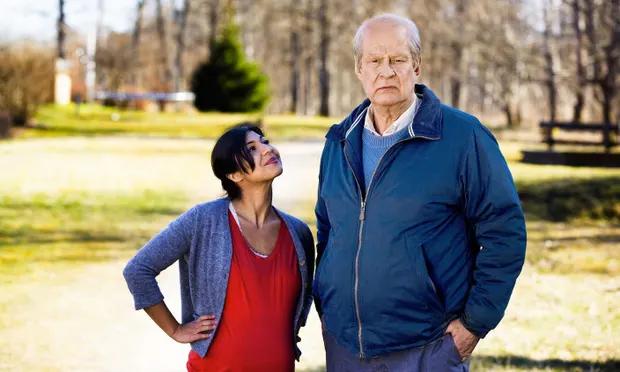
Ove is a person who takes honesty and rules as the standard of his life He loved architecture and principles, which are always constant and honest, but had deep distrust and antipathy towards people whom he could not expect. Obsessed with consistency and rational reasons in his life,Ovesuffersafterhiswifepassesawayfromhercancerandloseshis job, as he couldn’t find a reason to live anymore. At this point, a woman gets to move into Ove’s town. This new neighbour, Parvaneh, contrasts with Ove, who considers relationships between people important. She enjoysthespontaneityoflife,andherlifeisdrivenbyloveandaffection. ShetreatsOvekindlyasifhewereherownfamily,tryingtofillthevoidin hismindandbuildafriendshipwithhim.


ParvanehcomestochangeOve’slifeandvalues heavily throughout the story. After she moves in, she approaches Ove even though he was behaving coldly with her. Ove finally accepts and helps her when she encounters problems in her daily life. While spending time together, Parvaneh suggests him give help to other neighbours,andhe,whocouldn’trejectit,starts building friendships with other people in the neighbourhoodtoo.Seeingotherpeoplesmiling with his help, he comes to feel glad, and to realizethathecanbeneededoutsideofhisjob. From then, he got a new value in his life, relationship, and spends his remaining years beingwithhisfriends.


Here, are the values of Parvaneh, which changed Ove, better than Ove’s? Therearealotofdifferencesbetweentheirlifestyleandwaysofthinking, but these characters have one common value: selflessness. In the story, when an old friend of Ove’s could be moved to a care facility by government officials, all the neighbours worked together to hold the official back. They may all have different values, but all were helping to reach the same goal The differences between them were not the consequences of their actions but the paths they took to achieve their goals. Each person in the neighbourhood was doing their best, following their values. None of the values put a person in a particularly better position than the other, and it is the reason why no value can be better thanothers.


There is no absolute standard of whether a value is rightorwrong Whattrulymattersisthegoalswe’re trying to achieve by following them. This goal is the biggestdifferencebetweenOveandthegovernment officialsmentionedabove Inthebook,bothOveand the government have values, but Ove follows his values and helps his neighbours, while the government sticks to the rules without exception, disregarding their original values of justice and fairness, even when it doesn't benefit anyone Their treatment of individuals can sometimes be seen as impersonal and lacking in empathy, prioritizing rules and overlooking people’s needs and well-being So, valuesarejustguidesthatdeterminethedirectionof ourlives,andattheendofthepathwefollow,no matterwhatdirectionwe'vebeenwalking, mustlieourownhappinessandthe progressofsociety
Everyone'svaluesare different,dependingon theirpersonalitiesand beliefs.Ascitizens livinginalargesociety, wehaveanobligation tounderstandthese differences,respect eachother'svalues,and acceptdiverse opinions.Intheend, understandingdiversity maybemoreimportant thaninsistingonhaving therightvalues,in ordertoachieveunity andcooperation.
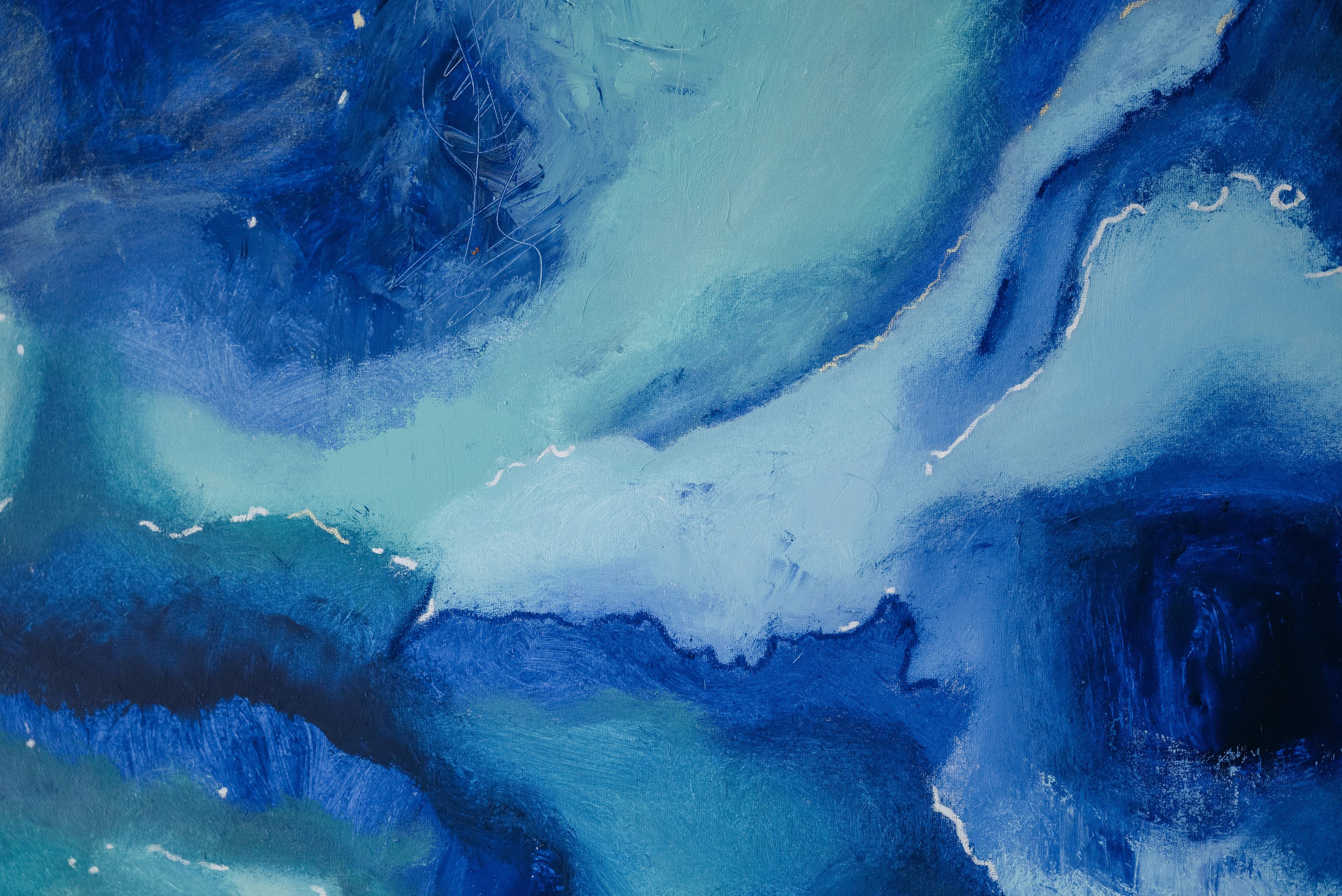
“And so I fell in love with a colour – in this case, the colour blue – as if falling under a spell, a spell I fought to stay under and get out from under, in turns” ~Bluets Prose 1

To fall in love with a colour, means to see more than just that colour. To fall in love with a colour, you must put value into the hue. But how does one fall in love with a mere subjective visual? An inanimate characteristic? All things, like falling in love, ultimately sprouts from value. Value is subjective, depending on whether you put value towards something external, it is like giving and taking away the existence of that object or thing Your world changes depending on the things you put value in. Maggie Nelson’s world is built off her love and perceived value for the colour blue.
Her book, Bluets, is an abstract exploration of her ultramarine world through a collection of prose poetry. We, the readers, get a glimpse into her world through her eyes, ultimately redefining our views on value.


We see the world through our values, as values define our perception of reality. Anything can have value if we choose to put meaning in it, even seemingly insignificant colours like Blue


To understand Maggie Nelson’s value for blue, we first need to understand value itself. At its most fundamental core, value defines the things you acknowledge in this world for multiple reasons. Those reasons may be “the beliefs people have, especially about what is right and wrong and what is most important in life, that control their behaviour.” (Cambridge Dictionary). With different people come different personalised values, so these values are what render the individual’s world – like loading a video game map as the setting unfolds around you depending on the character’s navigation.
In Bluets, her values lie in the exploration of heartbreak and loneliness in her life. With this as the centre of her values, she builds her world through a collection of 240 prose poetries, following a non-linear time sequence that represents her long period of depression Bluets shows a never-ending cycle of blended thoughts and emotions over 3 years, and it depicts Maggie Nelson swimming in circles in a pool. A blue pool
Blue is her value. The poet searches for value in anything in her life, grasping for any form of value to find meaning and comprehend the emotions she feels. She uses the colour Blue because it is often correlated with sadness and depression, but also because there is a lack of comprehensive scientific explanation of colour, and how we observe it in a visual sense.
“[ ] Ask yourself, what is the colour of a puddle? Is your blue sofa still blue if you don’t get up, and no one enters the room to see it?” (Prose 52).
The colour in itself is treated as a separate entity. In the book, the colour blue takes the shape of two main figures: the Prince of Blue as the cause of her heartbreak and an injured friend Perhaps this is why Blue holds so much value to her.
“But to do what? Liberate it? Purchase it? Ingest it? (7).”
The colour blue gives her closure and fills in the emptiness left behind by the two figures in her life. Due to this need for valueneed for direction - Blue becomes a part of her life, or in fact, a state of mind. She goes to say, “this is the disease talking. This is the deepest blue, talking, talking, always talking to you (25).” Blue is completely woven into her life, constantly out of place and always stirring up some emotion rooted deeply in her values

”I am writing this down in blue ink, so as to remember that all words, not just some, are written in water (51).” Her value is measured by the ultramarine hue, going as far as changing her ink colour. Her thought process may be of insignificant little things in life but even these serve a larger role than what it seems. Value is in the eye of the beholder. There is no right or wrong, or judgement or argument in terms of value. With value, we can determine the importance of something With value, we can establish a way of living.


DESIGNEDBYHYEMIN(LUNA)CHOIY12
With a global population of over 8 billion people, humans are all different. Not only are we, humans, distinguished in appearance and personality, but we are also different in our abilities and excellence. However, in modern society, people are constantly measured and judged based on the standards that society has generated and juxtaposed against others. Many people reckon that the more outstanding abilities a person possesses, the higher their perceived value of existence. Contrarily, they consider that individuals with lesser abilities than others might have diminished worth and make categorical judgments about them.
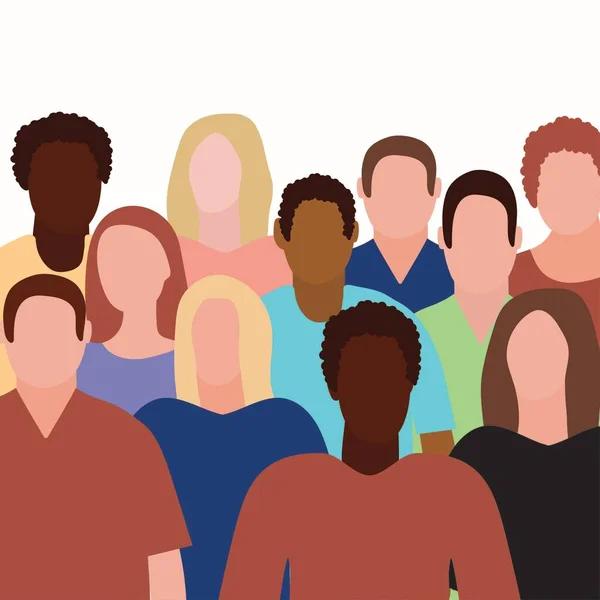
However, can it be truly justifiable? The definite response is NO. The extent of each person’s abilities is not relevant to their values.
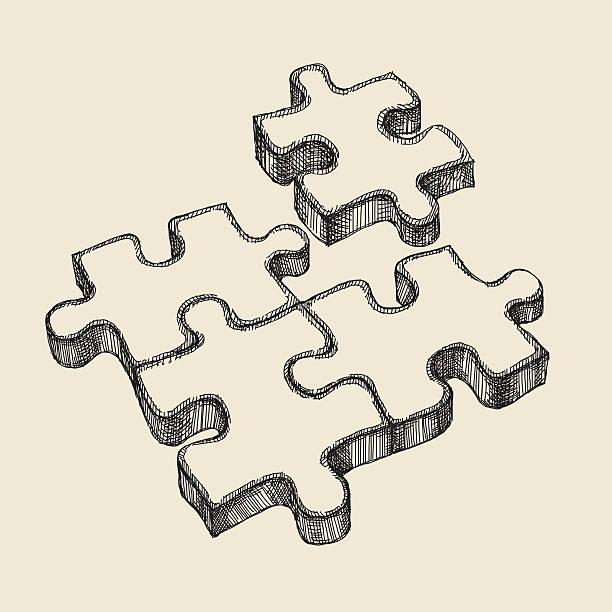
Before we delve into this topic, it is important to know the definition of ability. According to the Cambridge Dictionary, an ability is defined as “the power or skill needed to do something, or the fact that someone is able to do something.” Yet is this truly of such importance to humanity?
Human beings are made up of many qualities, including appearance, personality...etc! Although abilities help people or help society develops, they can still be considered as a piece of the huge puzzle. Of course, this is not to deny or undermine the fact that people with abilities often get many benefits and outperform compared to others.
For example, if a person needs to hunt for food to survive, and he/she does have that ability, then they obviously can fulfill their needs. On the other hand, if the person does not have it, then it would lead to his/her death. However, it is as essential to notice that abilities work merely as one of the ‘tools’ that humans can utilise. If someone uses their special talents to help themselves, others, or society, they should receive recognition. The reward can be monetary, or it can be social respect from others. However, it is a clear error to assume that someone’s value or importance is only determined by their abilities and accomplishments.



The clear reason why equating a human's worth with their capabilities is extremely problematic is that unnecessary and unwanted following consequences will be generated. For example, if someone has capabilities perceived as lesser by society, they can be discriminated and ostracized by others. For example, others would not help them and exclude them from important events just because of the belief that that person is useless. This will then create an environment where discrimination is normalised.

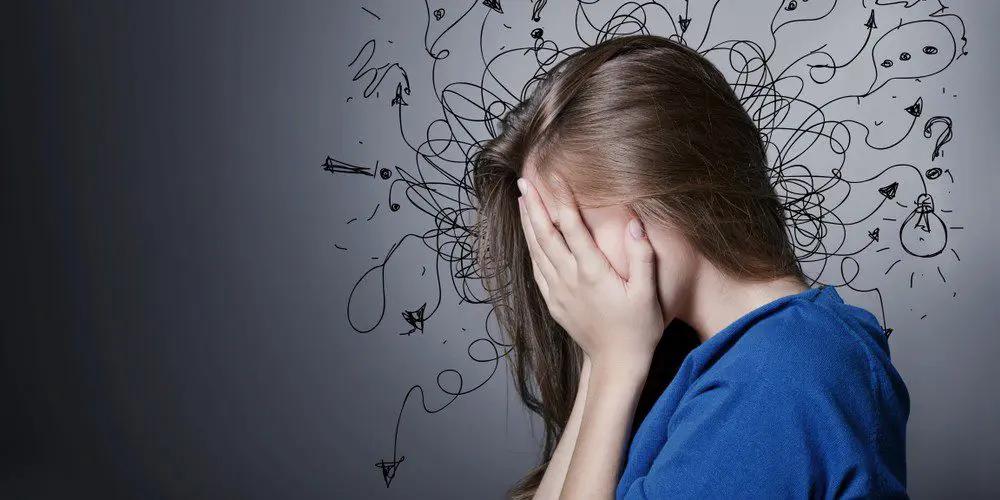

Consequently, the people being discriminated against can develop low selfesteem, severe anxiety, and depression. In comparison, if someone has outstanding abilities that distinctly set them apart from others, society attaches their self-worth entirely to their abilities. These people are essentially reduced to their abilities, their tools As a result, it results in people becoming burnt-out, exhausted and empty.
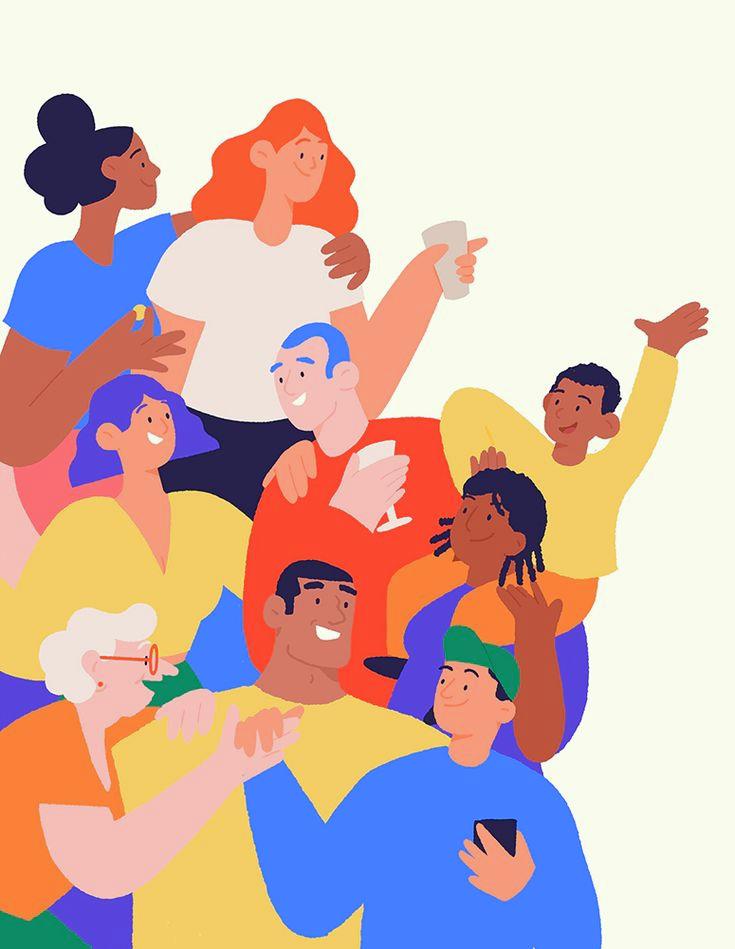
A society that attempts to determine the worth of an individual’s existence through the abilities they possess, such as our modern society, is sure to become a place where everyone suffers. I believe connecting ability to existence is like trying to force puzzle pieces that don't fit together This is because, that viewpoint encourages individuals and groups to use their abilities for their own benefit within society. Also, as previously mentioned, there will be widespread discrimination, which will naturally lead to several negative consequences, including the destruction of social cooperation. While a group may initially benefit as this tendency grows, ultimately, society as a whole will suffer. Individuals and groups themselves will not be free from the negative effects within society.
Once again, human beings are made up of numerous elements, and abilites is just one of them. If we regard abilities as tools rather than equating them with our existential value, then there is no need to feel intimidated, stressed, or inferior to others. We, our existence, hold intrinsic value. It is not something trivial and weak that depends on our abilities. Therefore, no ability, regardless of how vital they are, can determine the essence of us, nor can it have any influence on us without our permission. The value of our existence is always complete in and of itself and is unaffected by any external factor.
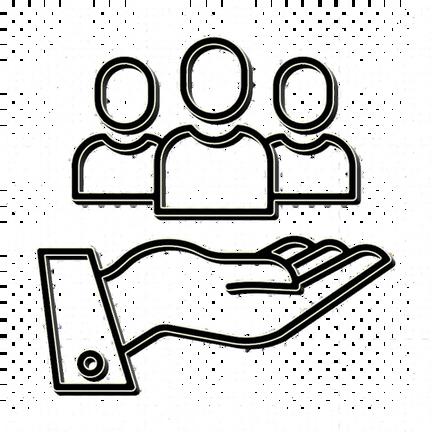
So, will you let your ‘tools’ define you, or will you be the one who uses them to define your journey?

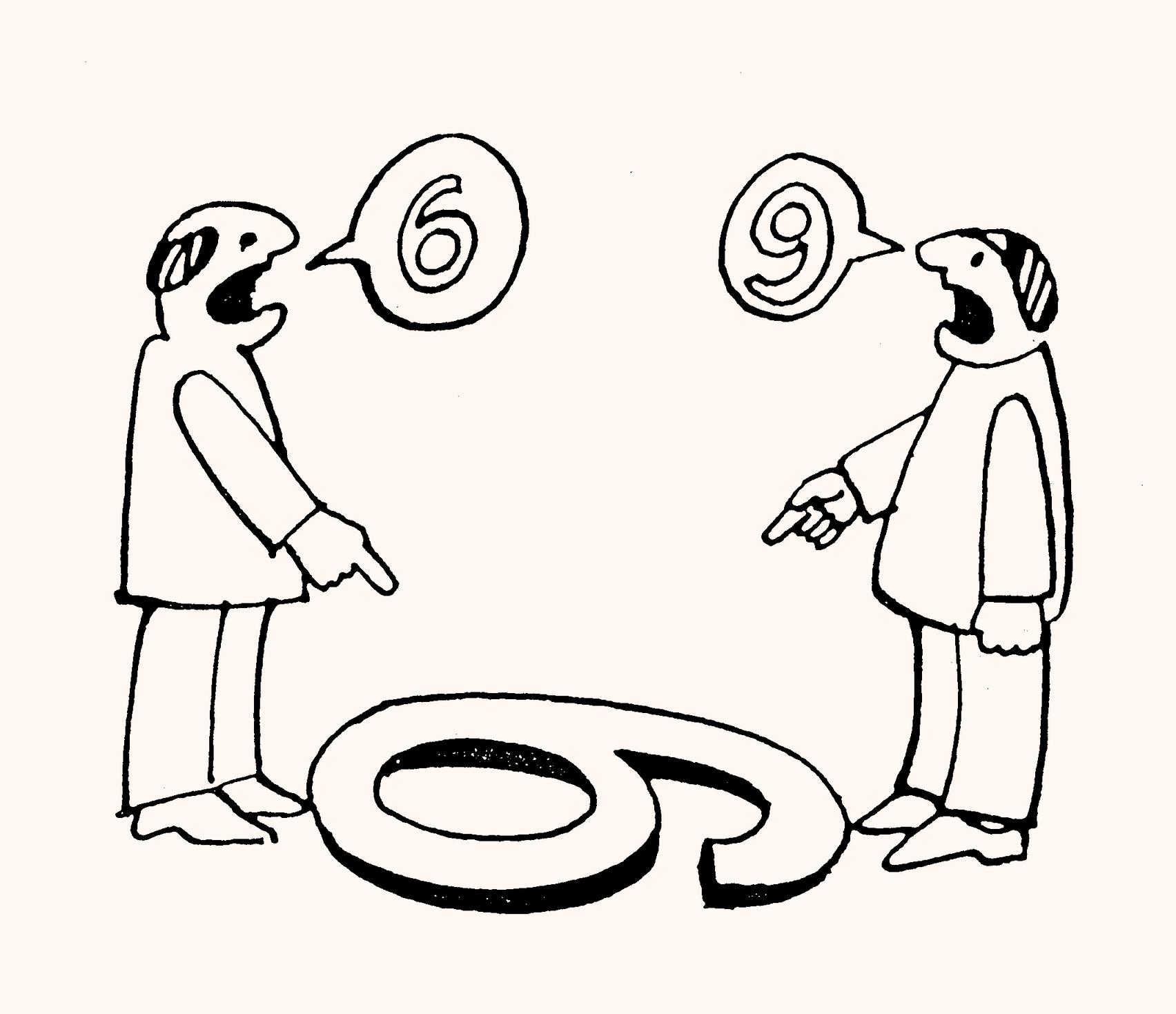
HMave you ever wondered why some criminals won’t feel remorseful for the crimes that you feel disgusted about? Why do we feel that the actions are so obviously immoral, but they aren’t? This begs the question: Is there an objective, universal moral value? Or, are they relative and subjective to each individual?
oral objectivism states that there are objective moral facts that are independent of the mind. In other words, our moral knowledge is not formed subjectively [through the human mind], but rather is there in the first place. We simply access this knowledge and take moral instruction from it. Objective moral values apply to individuals regardless of their individual opinions, as well as their sociocultural influences. Nevertheless, moral objectivism acknowledges that such values are not independent of the consequences. That is, it is still reasonable to take into account the consequences of an action to measure its moral values. For example, in an experiment involving two monkeys being given unequal amounts of reward, the monkey given less reward retaliated fiercely to this perceived injustice. One can infer that even monkeys have an innate sense of fairness, detached from any influence of culture or language. Therefore, moral objectivism argues for the presence of an objective, universal moral foundation that can be based off the consequences of our action.
David Hume, however, challenged the notion of deriving moral judgments based on observed consequences, as more famously known as the "is-ought fallacy." This fallacy occurs when one concludes about the way things should be based on evidence about the way things are. In other words, there is no logical gap between facts (the "is") and moral values (the "ought"). Consider this logic:
1. Murder causes death (the “is”)
2. Death is wrong.
3. Therefore, murder is wrong (the “ought”)
To put it simply, just because murder causes death (the “is”) does not mean that murder is wrong (the “ought”), as death isn’t inherently wrong. Because of this isought gap, there are no objective moral facts for us to construct our knowledge upon.





Even if these moral facts that are external to us exist, how do we access these moral values? In other words, how can we acquire this knowledge? Typically, one would gain knowledge either through empirical evidence or rational reasoning. The former refers to our direct sensory experience of the world --- for instance, “I know that the sun exists because I can see it”. The latter involves deduction and inference to obtain knowledge --- for example, “I know that it is raining today because people are wearing rain jackets”. Here, Hume challenges both methods that can lead us to acquire knowledge on moral values. In specific, we do not have any empirical evidence on moral values; we simply don’t see moral values the way we see trees on the street. Without this knowledge of what moral values are, we cannot judge the morality of an action. We also cannot utilise rationale reasoning to access these moral values, because for reasoning, as well as deduction and inference, we must have a foundation first. For instance, in mathematics, we can reason that 2 plus 2 must equal to 4, because the basis of addition, 1 plus 1 equal 2, is correct. In this case, we need a foundation “1+1”, from which we can derive our knowledge that 2 plus 2 must equal to 4. Similarly, without universally accepted principles of what morality is, ethical reasoning cannot be used to access moral values, leaving these “objective” moral values elusive.
In conclusion, moral objectivism receives many challenges on whether moral values truly exist, and even if they do, it appears that we cannot access it through either experience or logic.

OnaflightfromParistoLondon wasJaneBirkinstrugglingtogether infamouswickerbasketintothe overheadcompartmentasitscontents fellout.Nexttotheiconicsinger& actress’seatisnoneotherthan Hermes’chiefexecutiveJean-Louis Dumas BirkinconfessedtoDumas abouthavingdifficultiesfindinga spaciousandclassyleatherbag,so overthecourseoftheflight, Dumasmadeasketchofaclassyand timelessleather bagforBirkin: That’showtheBirkin bagwasborn.Fromfamous popculturemoments-TVshow SexandTheCity’sfamousquote -“It’snotabag.It’saBirkin”anditsappearanceinTVshow Gilmoregirlstocelebritiesand socialitescarrying&collecting thebag,thepursebecame highlysoughtafter.With pricesrangingfrom 20000USDupto2000000 USD,theBirkinbaghas immortalisedJaneBirkin’s nameononeoftheworld’s mostexpensivehandbags. However,thismakesme wonder,whatvaluesdo certainobjectscarrythat justifytheirsky-high pricetags?
Hermes is renowned for their exquisite craftsmanship. Only very highly skilled artisans are qualified to craft the Birkin bag. Even then, they still must go through 2 years of training and supervision from an existing artisanduringtheprocessofmakingthebag.

Everythingishandstitched,withaspecial linenthreadingthatiswaxcoatedforthe longevityofthebag Theleatherusedalso goesthroughaspecifictanningprocessthat resultsinafabuloushue Totheuntrained eye,aBirkinissimplyapurse,buttothose whogottoexperiencetheamazingquality andtheattentiontoevery minutedetailofthebag, appreciateitsomuchthatthey arewillingtopaytheaverage marketpriceof35000USD. However,onesimplycannot walkintoaHermesboutique andpurchaseaBirkin.The waitlistcanbeaslongas6 yearsforsomespecificbags. Or,onecanacquirethebag fromthesecondarymarket fortripletheretailprice. Andthissparksalotof controversy.Isthissky -highdemandforthebag justtheresultofagenius marketingtactic?Yet,there aremanyotherfactorsthat canmakeonebewillingto playthisHermes“game”.
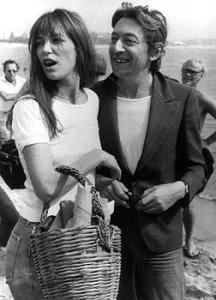
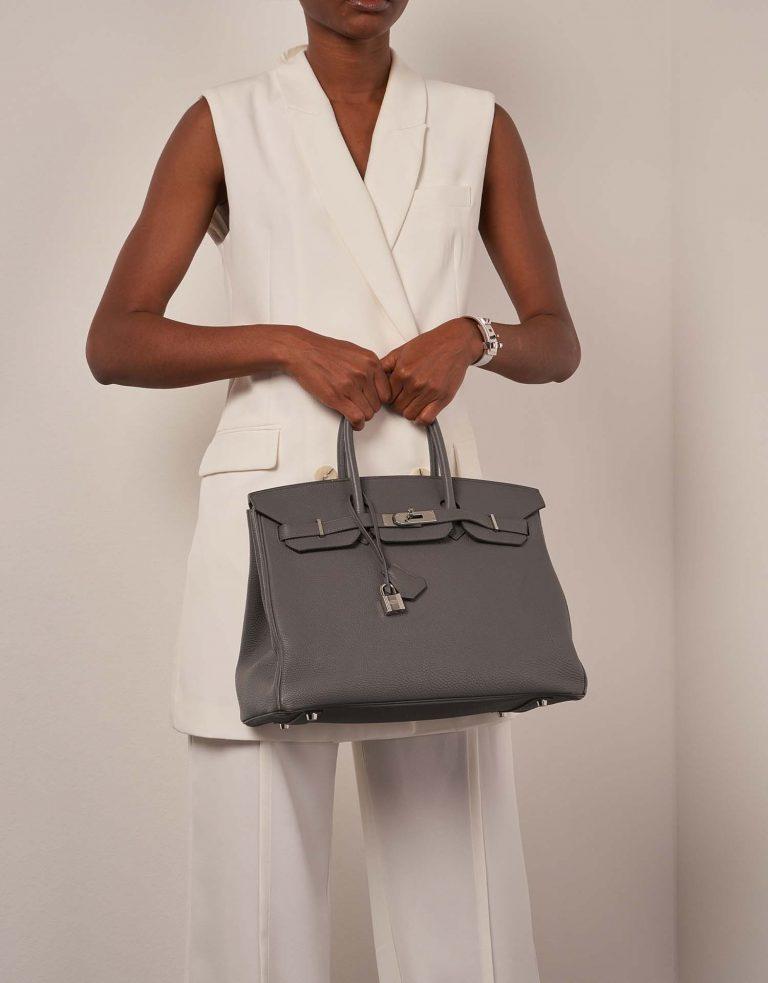
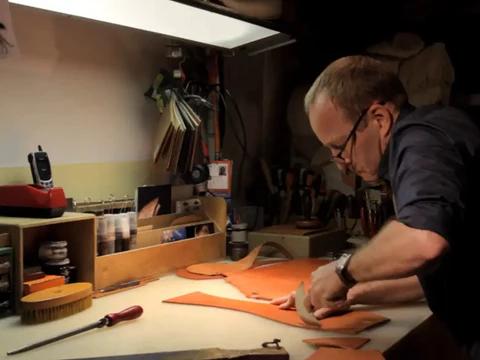
Needs are the things that satisfy your basic requirements; you can live without your wants, but you can’t live without your needs. However, as the majority of modern society have their basic needs met, demand for wants increases. This demand means that having a roof over their heads simply isn’t enough anymore; people want to live in increasingly beautiful, bigger houses We can see this consumption trend in rising demand for luxury goods, with the estimated market value at a whopping 284 billion USD in 2023 Living standards are constantly growing, and so is the demand for the exclusive purse
Statistics show that the biggest consumers of designer goods are in Asia, specifically China, Japan and Korea: People are willing to spend more on their clothes and accessories. Things can go as far as renting services in order to look like they belong to a different tax bracket, because possessing an expensive item symbolises their social advancements and status But this trend in consuming luxury foreign goods is due to consumers perceiving native luxury brands’ quality as lesser, even though that might not be true In general, people gravitate more towards European brands. This perhaps stems from the idolisation of European culture, which dates back to when European countries colonised Southeast Asian countries.

This influence is very much prominent in Viet Nam: VinFast faced a lot of criticisms with their cars when they first launched; many people would rather get an imported car in the same price range than a VinFast car Furthermore, in developing countries, people are more inclined to prove their status with expensive items, due to their humble beginnings and desire to belong to a higher social class This means that quality of the expensive products is no longer the only priority when looking at designer brands, but the brand label as well.
Recently, new release items’ logos and brandings keep getting bigger and bigger, to target people that want to “show off” and let others know about how much they paid for certain items. Moreover, parallel to the growth of the luxury market, counterfeit goods are also becoming more widely available. According to the Supply Chain Resource Cooperative, the estimated total value of counterfeit and pirated goods in 2023 is up to 3 trillion USD. This proves that people favour designer goods because of the status symbol that comes with them.
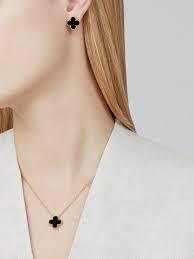

Additionally, the rise in consumption of designer goods is influenced by the media: Celebrities and socialites are seen with designer items from head to toe The “Girl-math” trend, viral for justifying the purchase of a 20 000 USD Van Cleef necklace, is tempting more and more youths to rationalise unnecessary expensive & branded items Every influential individual and trends are boasting unaffordable items, and people are “missing out” and not considered “trendy” and fashionable if they don’t go out and purchase the new 1000 USD Miu Miu ballet flats

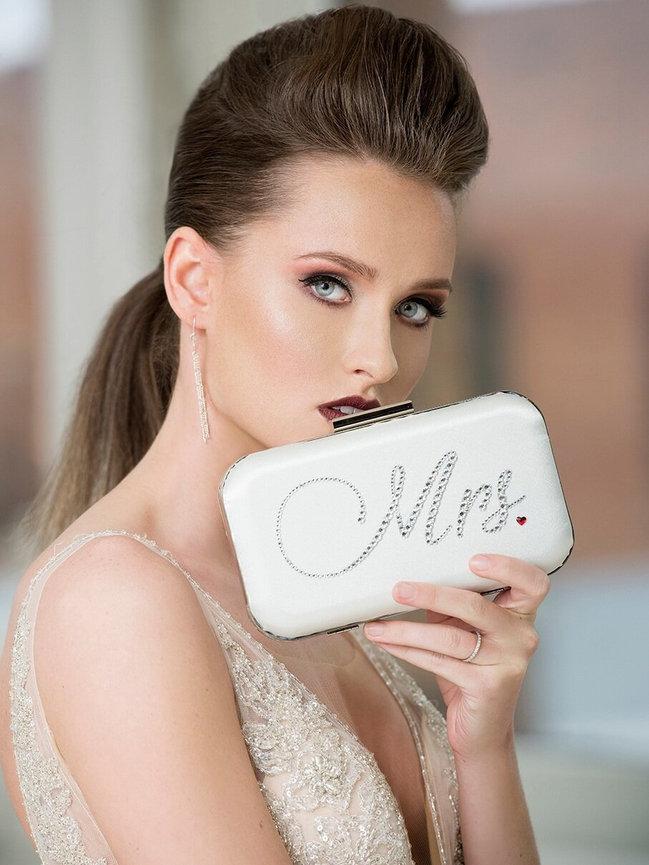
You might be asking, is the Birkin bag a social experiment to see how far the elitists would go to possess a purse that seems hyper inflated in value? Though there is no denying that it is an exquisitely well-made leather purse coming from a fashion house with a rich history, people of different socioeconomic status perceive its value differently. This example demonstrates how knowledge, personal experience and cultural bias can affect our opinion about an object’s value.
For this case, although some appreciate the purse’s craftsmanship values, they don’t necessarily equate their determined value of the purse to its cash value. Money is a social construct after all, and not every single individual translates certain values to cash equally. In conclusion, the aforementioned factors might influence and rationalise an expensive purchase, but the weight it has on people is not equal
